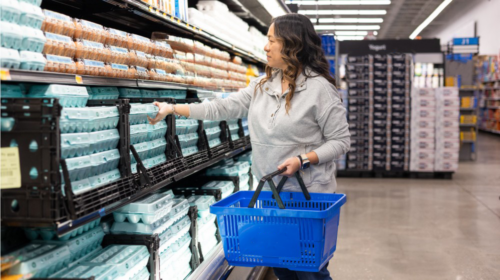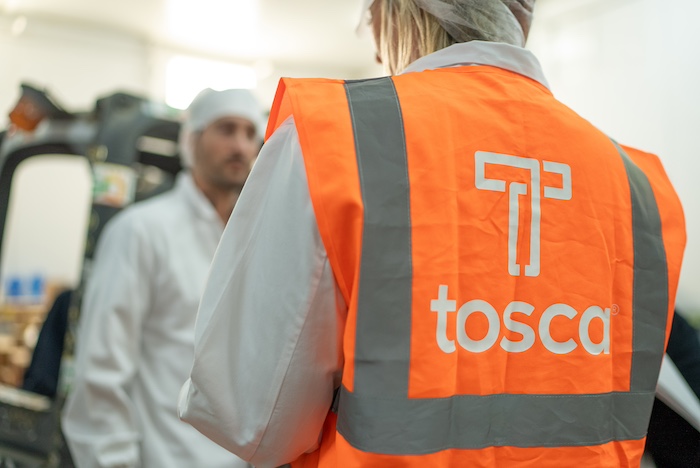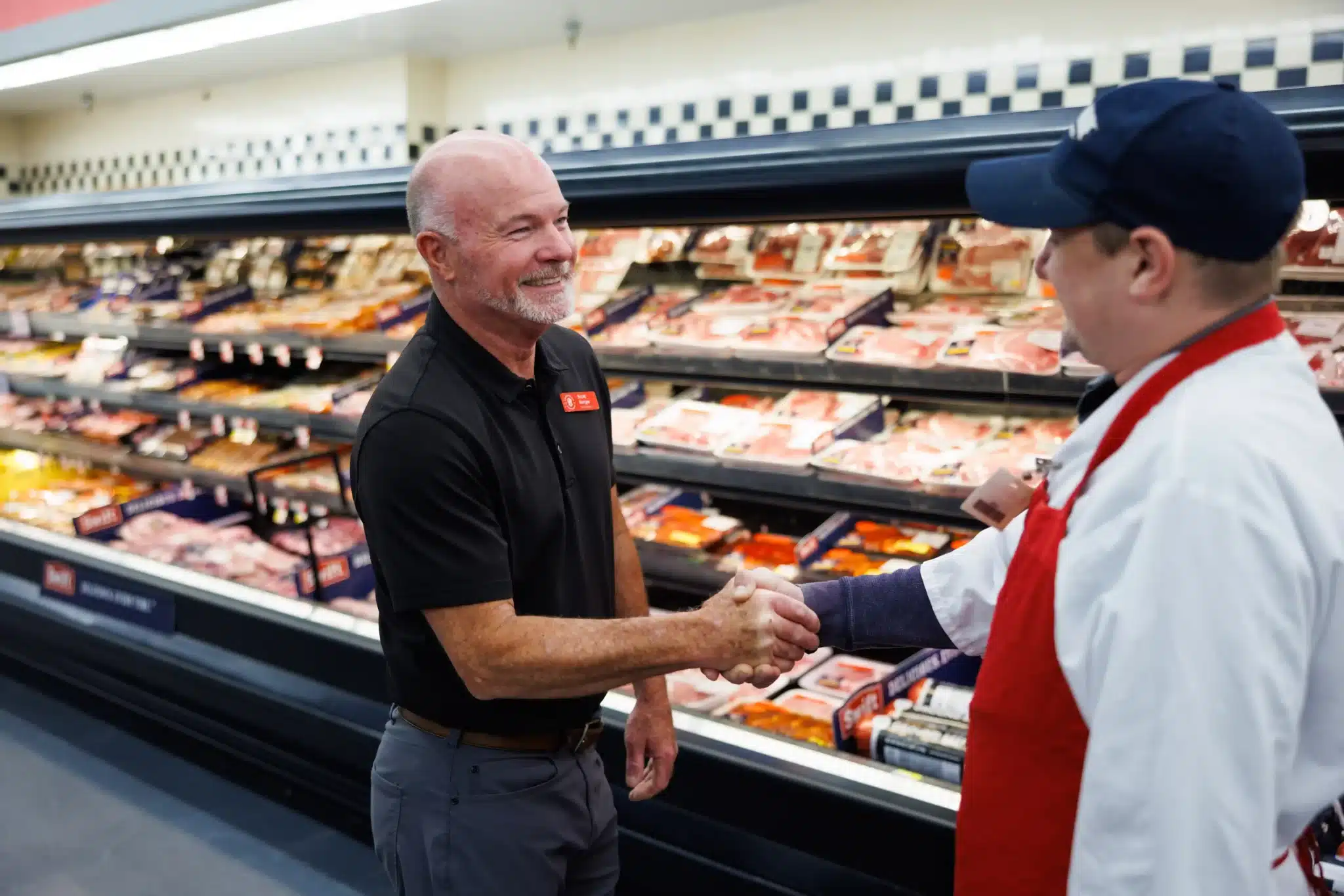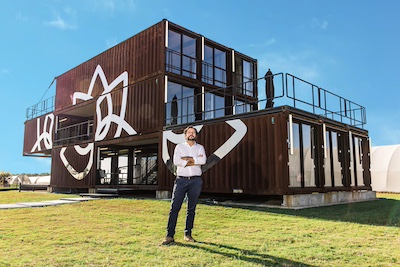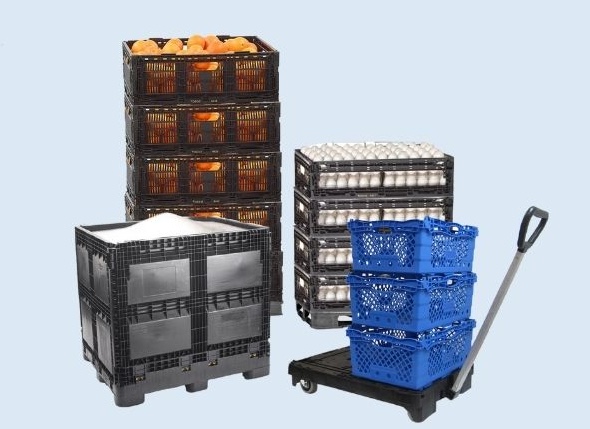In this article
One hundred thousand eggs—gone overnight. In early February, thieves stole $40,000 worth of organic eggs from a Pennsylvania trailer, leaving no trace behind.
It’s an unusual headline but a familiar problem. The blind spots in the food supply chain turn everyday operations into risk zones. Without visibility, small disruptions can escalate quickly, derailing schedules, inflating costs, and eroding trust.
Theft is a minor issue compared to other pressures. From extreme weather and labor shortages to rising freight costs and shifting regulations, volatility is the new normal for the food industry.
But the real problem isn’t the disruption itself—it’s how well businesses can adapt to the unexpected.
From setback to shutdown: How supply chains fall apart
It’s easy to oversimplify supply chain issues, but the reality is more complex. A single failure doesn’t cause disruptions—they result from small breakdowns across multiple touchpoints.
As a result, operations slow, costs increase, and it becomes harder to recover when problems arise.
Supply chain vulnerabilities and business impact
| Supply chain stage | Key problem | Business impact |
| Upstream: Sourcing and production | Inconsistent supplier standards and manual workflows. | Delayed shipments, unreliable forecasts, and increased spoilage risk. |
| In transit: Shipping and logistics | Lack of real-time tracking for shipments and route optimization. | Damaged goods, missed delivery windows, and higher transportation costs. |
| Distribution centers: Receiving and processing | Inconsistent packaging (or packaging that isn’t automation friendly) breaks down easily, slows receiving, and complicates automation. | Machine jams, restocking delays, and increased product damage. |
| Store level: Shelf availability & sales | Delays lead to stockouts and increased shrink. | Lost sales, with 31% of customers buying from competitors and 9% leaving without purchasing. |
5 ways you can increase resiliency in your supply chain
Resilient supply chains aren’t built by reacting to disruptions. They rely on proactive improvements across sourcing, transportation, and fulfillment.
The strategies below highlight areas where supply chains most often break down—and where leaders are making the biggest gains.
1. Improve your visibility throughout the supply chain
You can’t create better practices when you have blind spots. Supply chain resilience starts with visibility—tracking shipments, inventory, and product conditions in real time so disruptions don’t go unnoticed until they become costly.
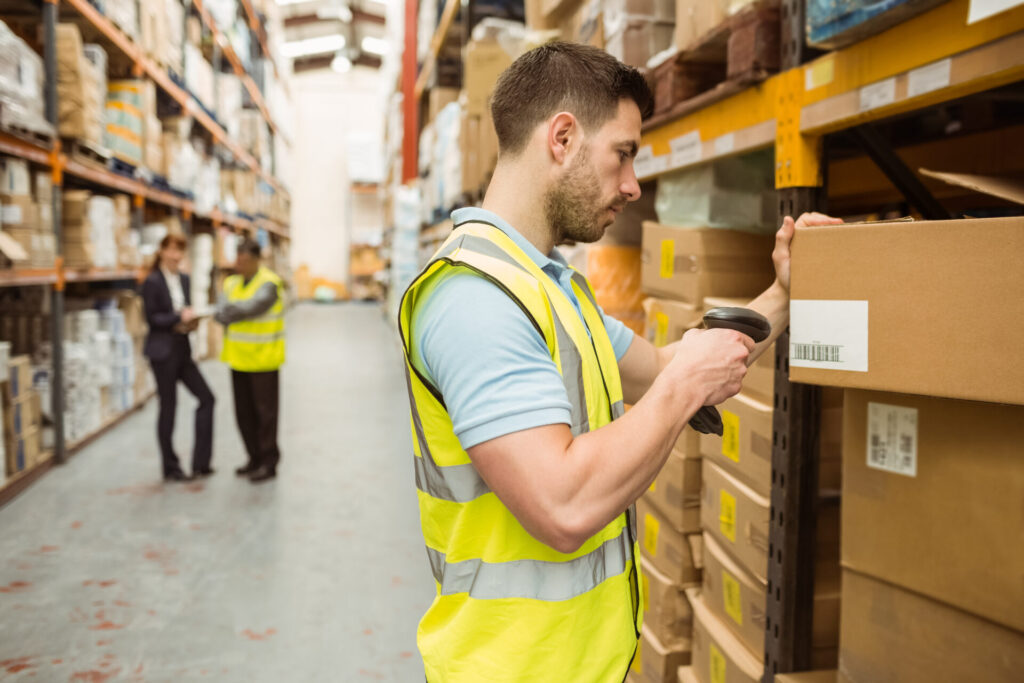
Many companies still rely on manual logs, which create gaps and obstacles to traceability. However, when IoT-enabled packaging and digital platforms are deployed, they give real-time visibility by providing live location, temperature, condition monitoring, and more.
This insight aids compliance with emerging food industry regulations, allows businesses to improve their inventory and demand planning, and reduces the risk of product loss during transit.
2. Build collaborative supplier relationships
Supply chains don’t operate in isolation. That means when suppliers, transporters, and retailers follow different processes, communication breaks down, and delays multiply.
Shared standards, integrated platforms, and transparent data exchange prevent these disruptions by ensuring that every partner operates from the same playbook. This improves order accuracy, accelerates shipping, and reduces the time spent resolving errors.

One opportunity for improved supplier relationships comes in packaging.
Retailers often receive shipments from multiple suppliers, each using different packaging formats. This inconsistency complicates storage, slows down receiving, and increases shrink. Standardized reusable containers address this by simplifying handling, protecting products, and improving traceability across the supply chain.
3. Eliminate inefficiencies in packaging and handling
Packaging failures increase costs and slow down operations. And there’s a direct correlation between the type of packaging used and how efficiently products move through the supply chain.
Let’s compare the two predominant options on the market:
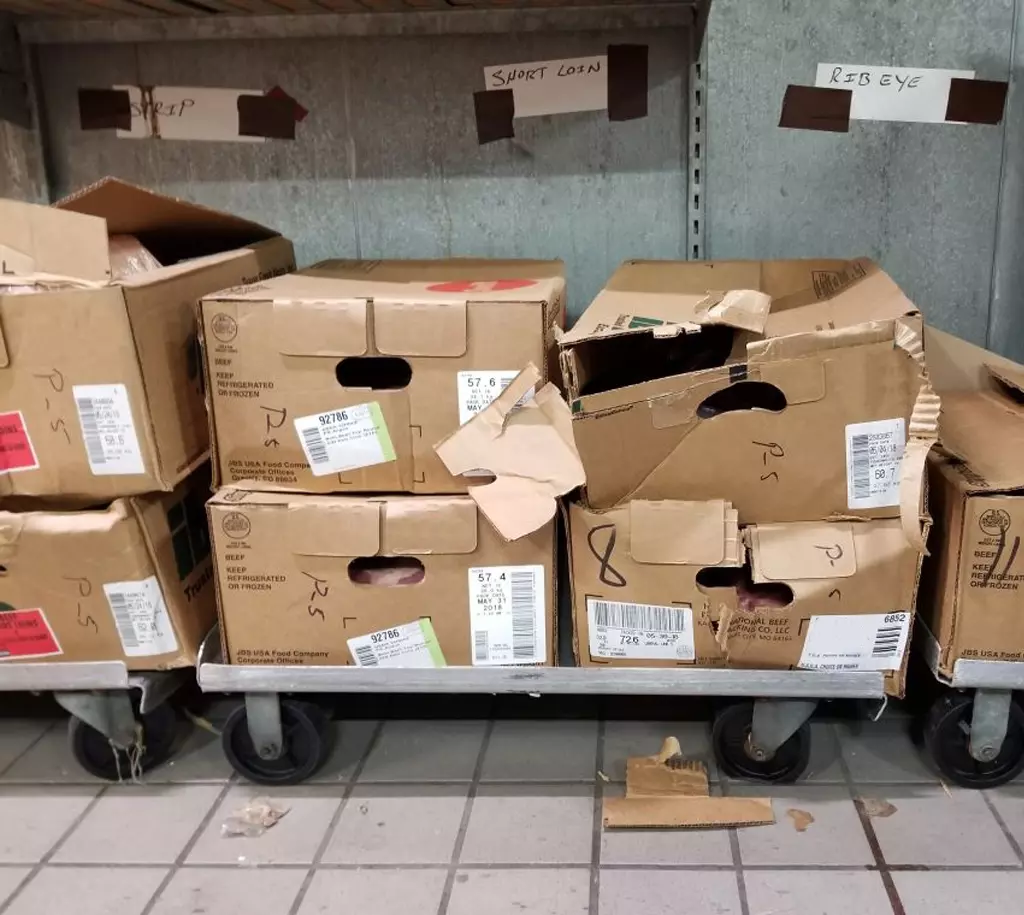

| Corrugated boxes often collapse under moisture, complicate automation, and cause product damage during transit. This leads to higher labor demands and customer dissatisfaction. | Reusable plastic containers (RPCs), bulk bins, and standardized pallets stack efficiently, protect goods in transit, and integrate seamlessly with automated systems, ensuring faster throughput and fewer disruptions. This standardization reduces variability, simplifies processing, and creates consistency across suppliers. |
4. Automate to reduce labor bottlenecks
A recent study found that 76% of supply chain and logistics leaders are experiencing significant workforce shortages. These shortages add even more strain to supply chain operations. When there aren’t enough hands, processing becomes slower, and errors increase.
Automation helps bridge this gap. Automated palletizing, real-time scanning, and smart tracking systems reduce check-in times while meeting traceability standards.

However, realizing these benefits requires careful planning—automation doesn’t operate in a vacuum, and upstream decisions can either support or undermine its success.
Packaging is one example. Automated systems are designed for efficiency, but corrugated boxes often collapse under pressure, jamming equipment and causing delays. RPCs solve this problem by providing a consistent, durable format that moves smoothly through automated workflows.
5. Prioritize sustainability without sacrificing efficiency
Sustainability and supply chain efficiency are often competing priorities, but outdated packaging is the real obstacle. While technically recyclable, corrugated packaging frequently ends up in landfills due to contamination. It also complicates operations—collapsing under moisture, jamming automation systems, and requiring extra labor to manage breakdowns and rework.
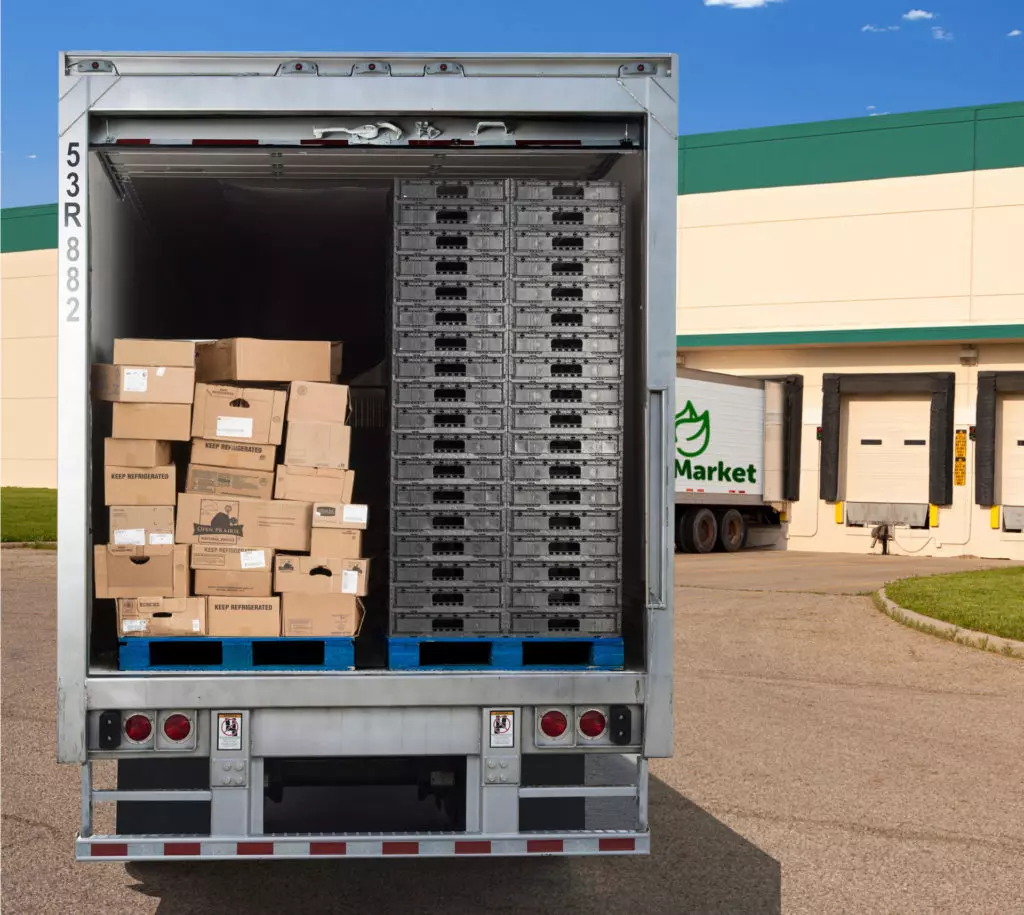
RPCs can offer a more resilient alternative that still allows for:
- Reduced product damage: Durable containers better protect goods from impact and moisture, lowering spoilage and returns.
- Faster processing times: Standardized formats move smoothly through automated systems, avoiding jams and delays.
- Lower labor demands: Consistent packaging reduces handling and reduces time spent on repacking.
- Improved transportation efficiency: Simplified stacking increases truckload capacity, cutting shipping costs and fuel use.
By replacing single-use packaging with reusable assets, companies build a supply chain that’s not only more sustainable but also more adaptable to disruption and operational pressures.
The time to future-proof is now
Supply chain resilience results from intentional changes at every touchpoint, from sourcing and packaging to transportation and fulfillment.
That’s where Tosca can help. Our reusable packaging solutions, IoT-enabled tracking, and supply chain expertise empower businesses to close operational gaps, reduce risk, and keep goods moving efficiently, no matter what disruptions arise.
Ready to strengthen your supply chain? Contact a Tosca expert and learn about how we can support you.

